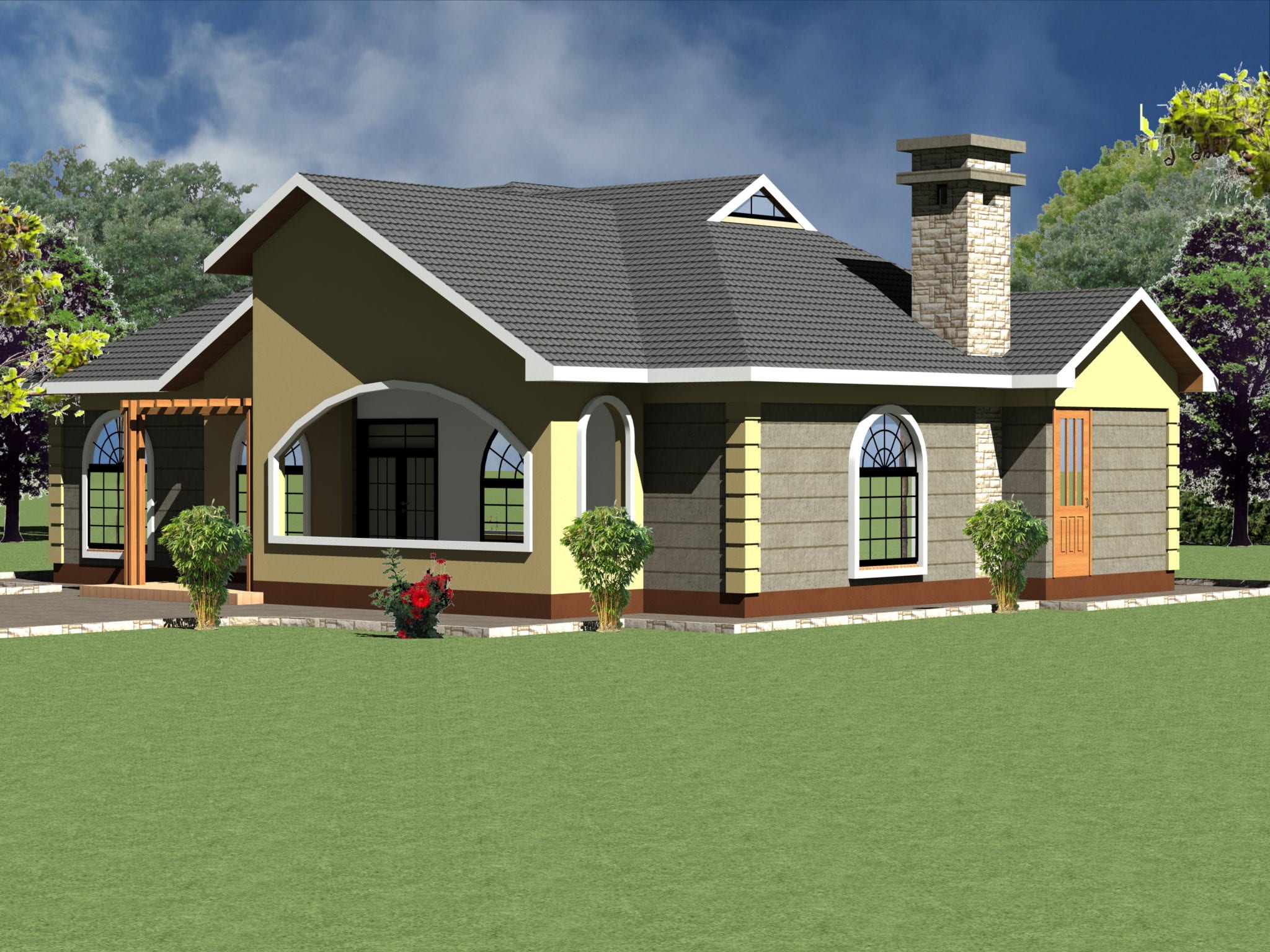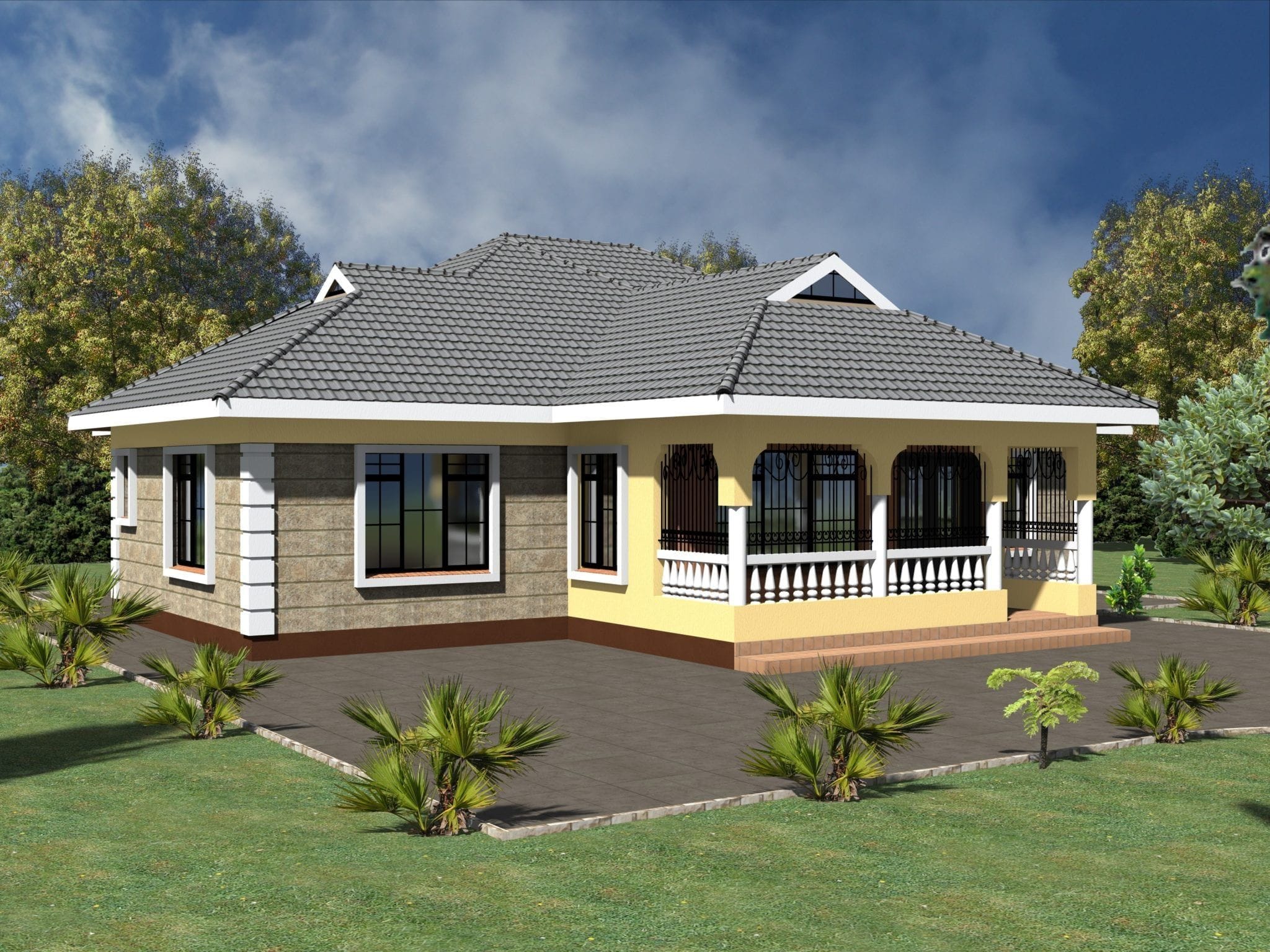Understanding Square Footage and Its Importance: 4 Bedroom House Square Footage
Square footage is a crucial metric when considering a 4-bedroom house, as it directly influences the size, value, and functionality of the property. It essentially quantifies the usable living space within the house, providing a standardized measure for comparison and assessment. Understanding the significance of square footage helps potential buyers make informed decisions about their home purchase, ensuring it meets their needs and budget.
Impact of Square Footage on Living Space and Functionality
The square footage of a 4-bedroom house directly impacts the size and functionality of each room. A larger square footage allows for more spacious rooms, offering greater comfort and flexibility in furniture arrangement. It can also accommodate additional features like walk-in closets, dedicated home offices, or even a playroom for children. Conversely, a smaller square footage may result in cramped rooms, limiting the potential for customization and potentially impacting the overall flow of the house.
Factors Contributing to Square Footage Variations
The square footage of a 4-bedroom house can vary significantly depending on several factors, including:
- Room Sizes: The dimensions of individual rooms, such as bedrooms, living rooms, and kitchens, contribute significantly to the overall square footage. Larger bedrooms offer more space for furniture and personal belongings, while spacious living areas provide ample room for entertaining and family gatherings.
- Layout: The layout of the house, including the arrangement of rooms and hallways, also impacts square footage. An efficient layout maximizes usable space, while a less optimized layout can lead to wasted space and a smaller overall square footage.
- Finished Basements: A finished basement adds significant square footage to a 4-bedroom house, providing additional living space for recreation, home offices, or guest rooms. This extra space can be valuable for families seeking additional living areas or those who want to utilize their basement for specific purposes.
- Other Features: Other features like decks, patios, and garages are generally not included in the calculated square footage but can still contribute to the overall usable space of the property. These features can enhance the enjoyment and functionality of the house, especially for outdoor living and storage needs.
Impact of Square Footage on Resale Value
Square footage plays a significant role in determining the resale value of a 4-bedroom house. Generally, larger homes with greater square footage command higher prices in the market due to their perceived value and desirability. This is especially true in competitive housing markets where demand for spacious homes is high.
“A 10% increase in square footage can result in a 5-10% increase in resale value, depending on the location and market conditions.”
However, it’s crucial to note that the impact of square footage on resale value can vary depending on several factors, including location, market conditions, and the overall quality and condition of the house. A well-maintained house with a smaller square footage can still be highly valuable in a desirable neighborhood, while a poorly maintained house with a larger square footage may not command a premium price.
Average Square Footage for 4-Bedroom Houses

The average square footage for a 4-bedroom house can vary greatly depending on several factors, including location, house style, and price point. Understanding these factors can help you get a better sense of what to expect when searching for a 4-bedroom home.
Average Square Footage by Location
The average square footage of a 4-bedroom house can differ significantly depending on the location. Generally, homes in urban areas tend to be smaller than those in suburban or rural areas. This is because land is more expensive in urban areas, forcing builders to maximize space within a smaller footprint.
- Urban: In urban areas, 4-bedroom houses often range from 1,500 to 2,500 square feet. These homes may have smaller yards or be located in multi-family buildings with shared amenities.
- Suburban: In suburban areas, 4-bedroom houses typically range from 2,000 to 3,500 square feet. These homes often have larger yards and more space for families to spread out.
- Rural: In rural areas, 4-bedroom houses can be significantly larger, ranging from 2,500 to 4,000 square feet or more. These homes may have extensive acreage and offer greater privacy.
Average Square Footage by House Style
The style of a house can also influence its average square footage. For instance, a ranch-style home typically has a single story, which may limit the amount of living space compared to a two-story colonial or Victorian home.
- Ranch: Ranch-style homes often have a smaller footprint, typically ranging from 1,500 to 2,500 square feet for a 4-bedroom house.
- Colonial: Colonial-style homes are known for their symmetrical facades and often have two stories, leading to larger square footage, typically ranging from 2,000 to 3,500 square feet for a 4-bedroom house.
- Modern: Modern homes often prioritize open floor plans and maximizing natural light, resulting in a more efficient use of space. A 4-bedroom modern home could range from 1,800 to 3,000 square feet.
Average Square Footage by Price Point
The price of a 4-bedroom house is a major factor that affects its square footage. Higher-priced homes tend to have larger square footage, while lower-priced homes may be smaller.
| Price Point | Average Square Footage |
|---|---|
| Under $300,000 | 1,500 – 2,000 square feet |
| $300,000 – $500,000 | 2,000 – 2,500 square feet |
| $500,000 – $750,000 | 2,500 – 3,000 square feet |
| $750,000 – $1,000,000 | 3,000 – 3,500 square feet |
| Over $1,000,000 | 3,500 square feet or more |
Remember, these are just averages, and actual square footage can vary significantly depending on the specific property.
Factors Influencing Square Footage Needs

Determining the optimal square footage for a 4-bedroom house is a crucial step in the home buying or building process. This decision is influenced by various factors, including family size, lifestyle, and desired features. By carefully considering these factors, you can ensure your home provides ample space for your family’s needs and lifestyle.
Family Size and Composition
The number of people living in the house is a primary factor in determining square footage needs. Larger families require more space for bedrooms, bathrooms, and common areas. For example, a family with four children may need a larger living room for gatherings and a larger dining area to accommodate everyone comfortably. The age of the children also plays a role, as teenagers may require more privacy and space for their belongings.
Lifestyle and Activities
Consider your family’s lifestyle and how you spend your time at home. If you enjoy hosting large gatherings, a spacious living room and dining area are essential. If you have hobbies that require dedicated space, such as a home office, art studio, or exercise room, factor in the square footage needed for these activities.
Desired Features
The features you desire in your home also influence square footage needs. For example, a home with a large kitchen, a formal dining room, a finished basement, or a home theater will require more square footage than a basic 4-bedroom house.
Room Sizes and Layouts
The size and layout of individual rooms can significantly impact the overall square footage. Here are some examples:
- Bedrooms: The size of bedrooms should accommodate the needs of the occupants. A master suite may include a walk-in closet, a private bathroom, and a sitting area. Children’s bedrooms can be smaller, but should still provide adequate space for furniture and storage.
- Bathrooms: The number and size of bathrooms are important for a comfortable living experience. A master bathroom with a separate shower and tub may be desirable, and additional bathrooms for family members can be beneficial.
- Living Room: The size of the living room should accommodate the intended use, whether it’s for relaxing, entertaining, or both.
- Kitchen: A well-designed kitchen should have ample counter space, storage, and appliances. Consider the layout of the kitchen to ensure efficient workflow and easy access to appliances.
Optimizing Square Footage Allocation
When designing a floor plan, it’s important to allocate square footage efficiently to ensure functionality and flow. Here are some tips:
- Maximize Natural Light: Position windows to allow natural light to flow into the home. This can make rooms feel larger and more inviting.
- Open Floor Plan: Consider an open floor plan for the kitchen, living room, and dining area. This can create a sense of spaciousness and facilitate social interaction.
- Dedicated Space: Designate specific areas for different activities, such as a home office, playroom, or hobby room. This can help to create a sense of order and efficiency.
- Storage Solutions: Incorporate built-in storage solutions, such as closets, shelves, and drawers, to maximize space and minimize clutter.
Sample Floor Plan for a 4-Bedroom House, 4 bedroom house square footage
This is a sample floor plan for a 4-bedroom house that optimizes square footage allocation:
[Sample floor plan description – you need to describe the floor plan in detail]
